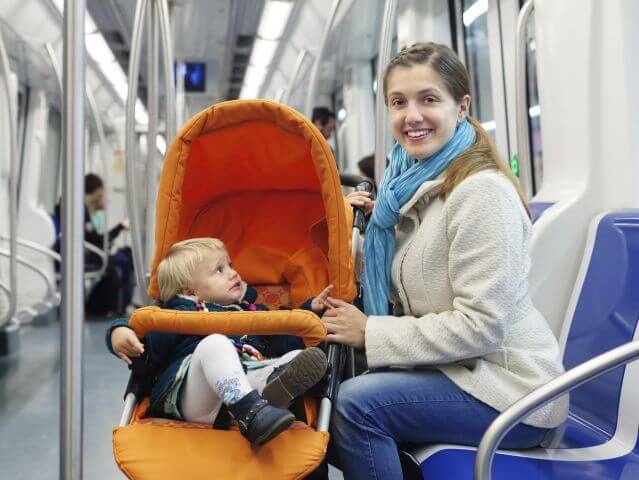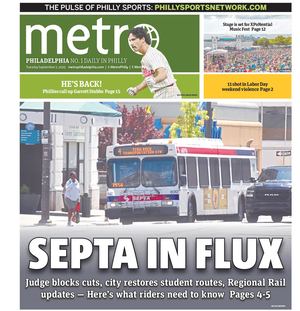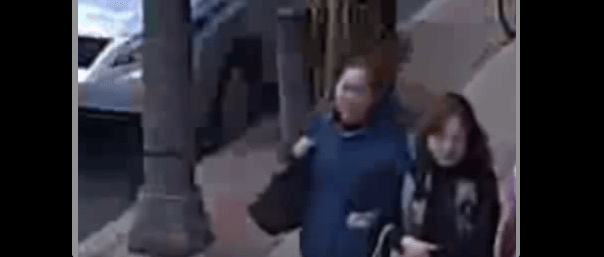What exactlyis SEPTA’s policy regarding strollers on Regional Rail trains. I’ve gotten completely different answers depending on who and when I ask. One conductor refused to allow me to board until I had removed my 8-month-old daughter from the stroller and collapsed it. I see no reason why we should be forced to collapse our strollers when they can easily fit into the handicap area without blocking the aisle. If the space needs to be used by a disabled person then obviously they get preferred seating and when trains are crowded strollers should be collapsed to make room for everyone. I think that having your child, especially those who have started walking, remain in their stroller for as much of the ride as possible makes it easier for everyone. I also think these rules should be clearly posted on each train and that conductors should follow them and treat all passengers equally in regards to them. Related link:AskSEPTA: The new GM talks train delays and detour signs Jeffrey Knueppel:SEPTA has a system-wide policy regarding strollers on vehicles. When passengers are travelling with a child, the conductor or operator of the vehicle must request the child be seated or held by an adult. When the passengers are using a stroller, we require children to be removed from strollers, and strollers folded and placed in a secure position. These are safety measures intended to protect all of our riders. We believe that children are safer when held by their parents or placed in a seat. And when the stroller itself is stowed away properly, it is less likely to roll and cause injury. With respect to posting this policy on board, we have limited space; however, we will look into the feasibility of adding a notice. Policies and other travel information are posted on our website, www.septa.org/. We will also be issuing reminders to our employees to ensure consistency with the application of this policy. Related link:Ask SEPTA: Addressing Regional Rail frustrations
I would like to know when improvements will come to Jefferson Station? The doors to the platform are heavy and often go against the movement of pedestrian flow. They seem too narrow for Americans with Disabilities Act (ADA) requirements.Many of the electronic message boards are outdated, leading to frequent malfunctions. Also, will there be a dedicated underground connection between Jefferson Station and 11th St of the Market-Frankford Line after the Gallery is reconstructed? JK:As a SEPTA rider who uses Jefferson Station daily, I understand and appreciate your concerns.
The direction in which the doors swing at platform level is determined by emergency egress requirements. The doors may feel heavy due to hardware installed for safety purposes – this prevents them from opening too quickly or hitting the adjacent wall. I have, however, recently requested the installation of new doors that will function in a much smoother fashion. This work will be completed in the new year. The doors to the elevator lobby on Filbert Street, while narrow, meet Americans with Disabilities Act (ADA) requirements for width, and are also consistent with historic preservation regulations.
Regarding the electronic message boards, we have started replacing signage, including displays that show train arrival information over the doors at the Reading Headhouse. This is an ongoing effort, and we look forward to having new digital displays throughout the station within the next two years. For the underground connection between Jefferson Station and the 11th Street Station on the Market-Frankford Line Station, SEPTA is in ongoing discussions with the Gallery’s owner regarding access during and after the mall reconstruction project. Every three weeks, SEPTA general manager Jeffrey Knueppel addresses public transit questions submitted by Metro Philly readers. Send questions to sam.newhouse@metro.us.
Ask SEPTA: Baby strollers on the train and more

iStock





























